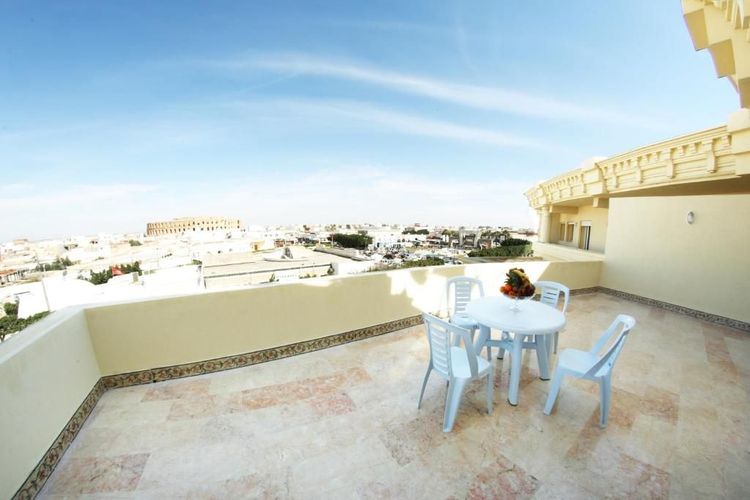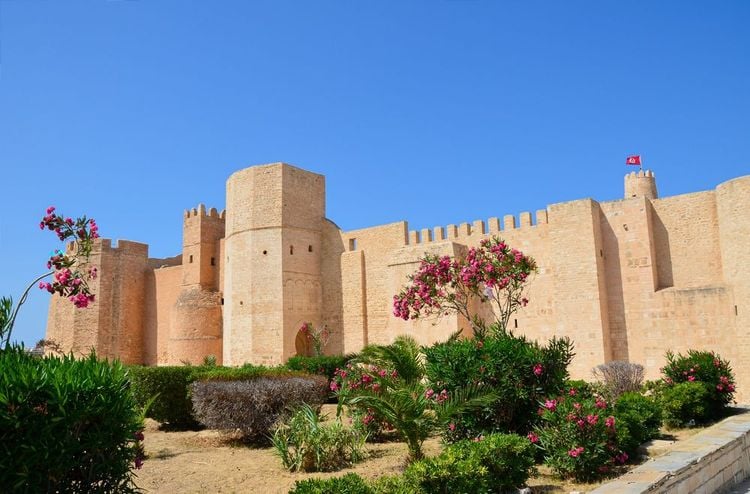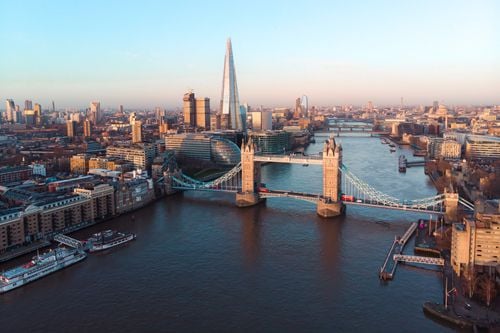Are you a fan of old stones? Would you like to explore ancient ruins like Indiana Jones or take in a setting worthy of Game of Thrones? El Jem won't disappoint! It's a city of superlatives, with one of the finest archaeological sites in the Maghreb: the El Jem coliseum, the best-preserved Roman amphitheatre in the world, the third largest, and one of the finest collections of Roman mosaics in the world. A must-see excursion, and an easy one if you're coming from Monastir (70 km) or Mahdia (42 km).
The best-preserved coliseum of the Roman Empire, El Jem is the third largest in the world after Rome and Verona. The largest vestige of the Maghreb is a splendour and should be a compulsory excursion on any trip to Tunisia!
Listed as a UNESCO World Heritage Site since 1979, one of the most beautiful archaeological sites in Africa can be visited in addition to the fascinating Roman Mosaics Museum, just outside the town.
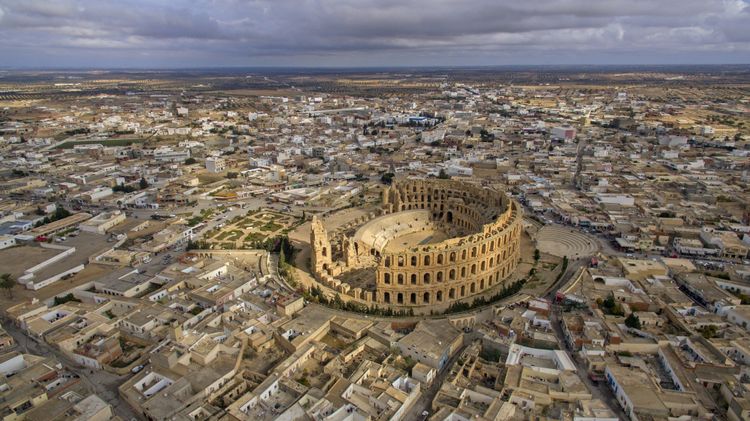
First stop: the El Jem coliseum
60km from Sousse and 40km from the sea, on the edge of the Sahel desert and olive grove, lies the El-Jem amphitheatre, also known as the Coliseum of Thysdrus. Founded on the ruins of the ancient city of Thysdrus, this Roman amphitheatre, 148 metres long by 122 wide and 36 metres high, is the largest ancient vestige in the Maghreb. To be precise, it is the third largest in the Roman Empire (between 27,000 and 30,000 spectators) after the Colosseum in Rome (45,000 spectators) and the Colosseum in Verona. But the El Jem Colosseum remains the best preserved of all!

The oval arenas of the coliseum: the stands can hold 2,500 spectators today, particularly for the El Jem International Festival of Symphonic Music, which takes place every summer. That's not much compared to the 30,000 spectators in Roman times! - Christophe Hiltgen / Easyvoyage
A little history
The amphitheatre at El-Jem is an important vestige of the 2nd-century city of Thysdrus, which had a population of around 30,000. At the time, it enjoyed a key position: central Tunisia was a crossroads and El Jem prospered thanks to the olive oil trade, becoming the second largest city in the Roman province of Africa after Carthage. It was the short-lived emperor Gordian I who had the El-Jem Colosseum built between 230 and 238 AD. He committed suicide after just a few weeks in power.
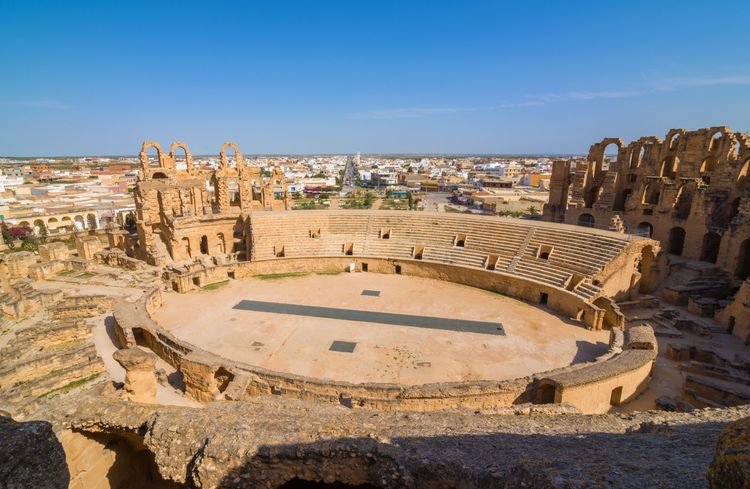
Today, the amphitheatre hosts cultural events and concerts such as the El-Jem International Festival of Symphonic Music, held every summer from 15 July to 15 August. The magic happens at night, when the place is lit by candlelight! The acoustics are excellent! The stands can now accommodate 2,500 spectators, compared with 30,000 in its heyday.
The amphitheatre impresses with its massive appearance and the beauty of its dune sandstone walls, a sign of the prestige of this monument. Erected on a flat site to the north of the ancient city of Thysdrus, the El-Jem Colosseum is the only building in the Roman world to have been built of ashlar. Over time, the material, which was white when quarried, has turned ochre. In the past, the façade comprised 64 arcades over three storeys. Like the Colosseum in Rome, it is intact with three levels of galleries. For a long time, the El-Jem Colosseum was used as a quarry by the local population. Partly destroyed during revolts, the building has benefited from an excellent restoration.
After climbing to the very top of the building for a breathtaking view of the monument, the oval-shaped arenas and the city, don't hesitate to descend into the lions' den and the gladiators' dressing rooms! These underground galleries are unique in the world, as they no longer exist in the coliseums of Italy. The Atlas lion, which has now disappeared, used to reach the arenas using a pulley lift.
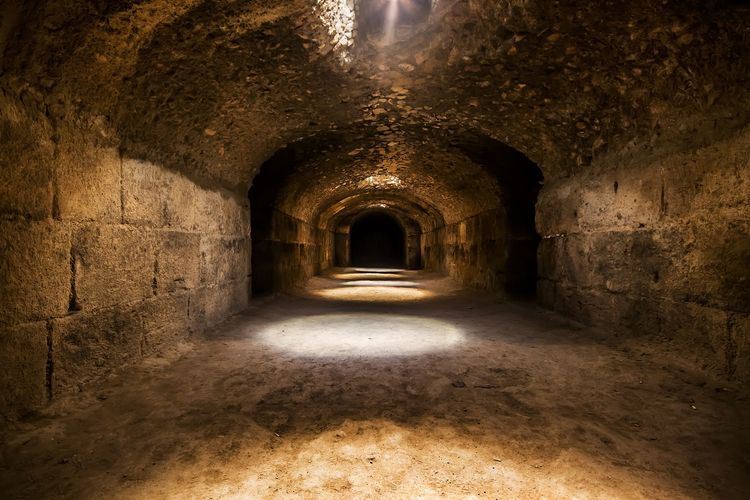
Second stop: The El Jem archaeological museum
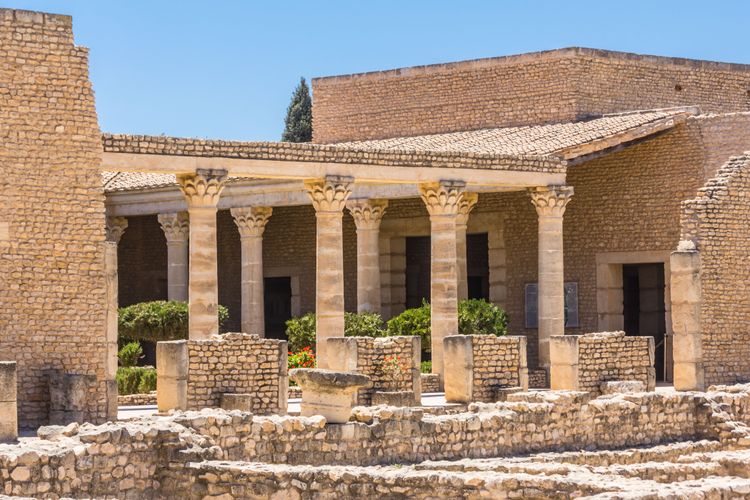
Courtyard of the Africa villa. The El Jem archaeological museum was built on the site of a Roman villa, the layout of which it recreates: a central courtyard giving access to the rooms displaying mosaics, ceramics, sculptures, etc.
At El Jem, it would be a shame to be content with the coliseum! The archaeological museum is also a must! It houses the country's finest collection of mosaics after the Bardo Museum. A place steeped in history, to complement your visit to the El Jem amphitheatre!
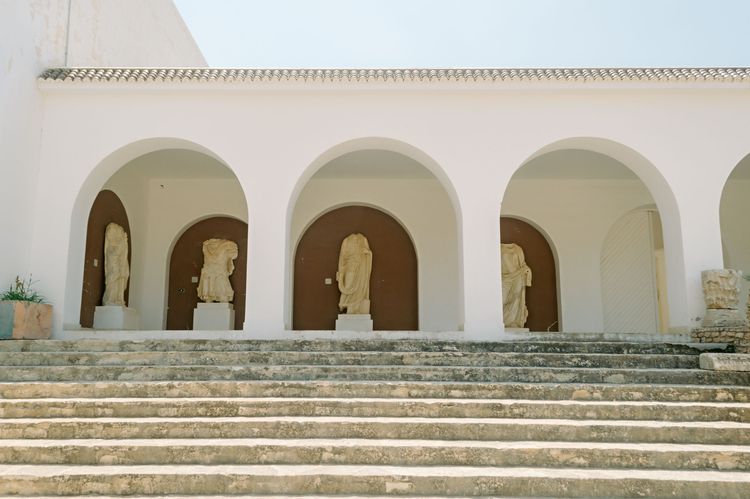
You can learn about the history of Thysdrus, the Roman name for El Jem, in this museum designed like a Roman house, with its atrium and patios. The mosaics are splendid, and many of those on display at the Bardo Museum come from El Jem (as does the archaeological museum in Sousse). It is the finest collection of mosaics in the country after that of the Bardo museum. After admiring the mosaics inside, it's time to take a walk in the gardens, where you'll find the ruins of Roman houses, some of which still have their mosaics on the floor! The most famous is the Africa house, in honour of the Berber goddess Ifri, Latinised into Africa, who gave her name to the Roman province of North Africa, and later the whole continent!
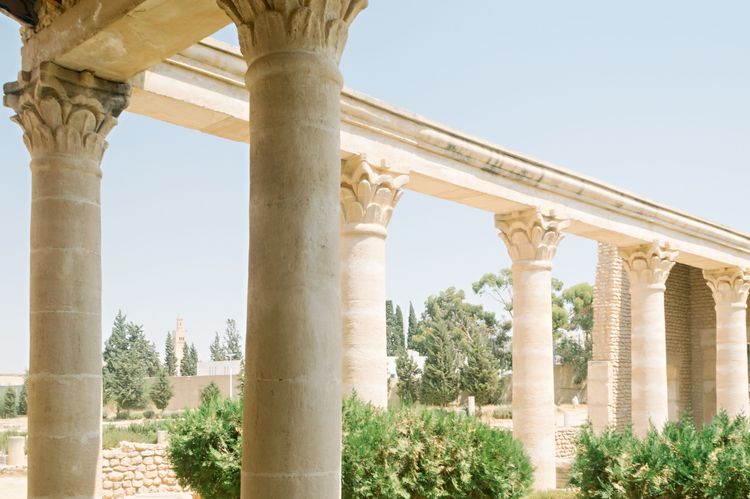
Practical info
Admission to the El Jem coliseum is really cheap: just 10 Tunisian dinars, or just over 3 euros. As an added bonus, the El Jem archaeological museum is free to visit on presentation of the coliseum entrance ticket! The two sites are less than 500 metres apart.
You can't buy tickets online, but you can find contacts and information on the museum's official website, which even offers a virtual tour! The museum is open from 8am to 5.30pm (until 6.30pm from 18 July to 15 September).
Every summer, El Jem plays host to the International Festival of Symphonic Music, held in the almost 2,000-year-old amphitheatre, a unique opportunity to enjoy a concert in the prestigious Roman theatre, a UNESCO World Heritage Site! El Jem is the only city in the Arab world to organise a truly international festival devoted to symphonic music. There is no official Coliseum website, but thereis a website dedicated to the festival, where you can book your tickets for the festival.
The nearest airport is Monastir, 70km away, a one-hour drive. If you are staying in Mahdia, the transfer takes just 40 minutes.
Where to stay in El Jem?
The Hotel Julius is ideally located in the centre of El Jem, opposite the Roman amphitheatre (less than 200 metres away), which you can admire from the terrace! It is conveniently located between the coliseum and the archaeological museum. You can also relax in the garden, the lounge and the small swimming pool. The rooms are comfortable (kettle, fridge, minibar, flat-screen TV, bathroom with bath, terrace, free Wi-Fi...). There's no restaurant, but an excellent continental breakfast will give you plenty of energy before you set off to explore the Colosseum and the museum! This charming 4-star hotel costs €60 per night.
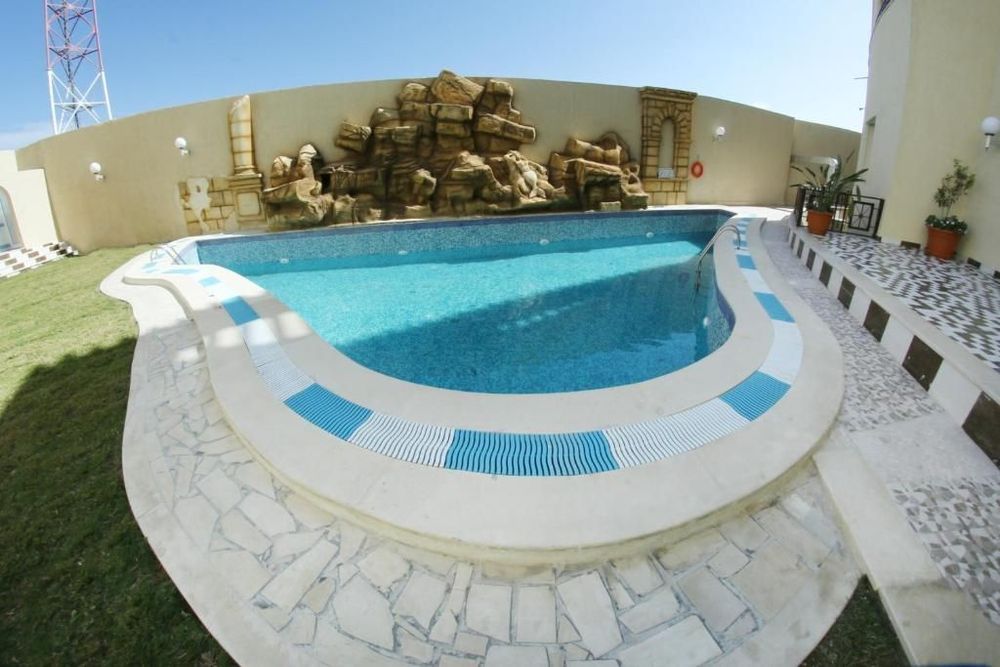 Tunisia
Tunisia
Hotel Julius
Located in El Jem, the 4-star Hotel Julius offers a garden, a shared lounge, a sun terrace with swimming pool and a buffet breakfast.